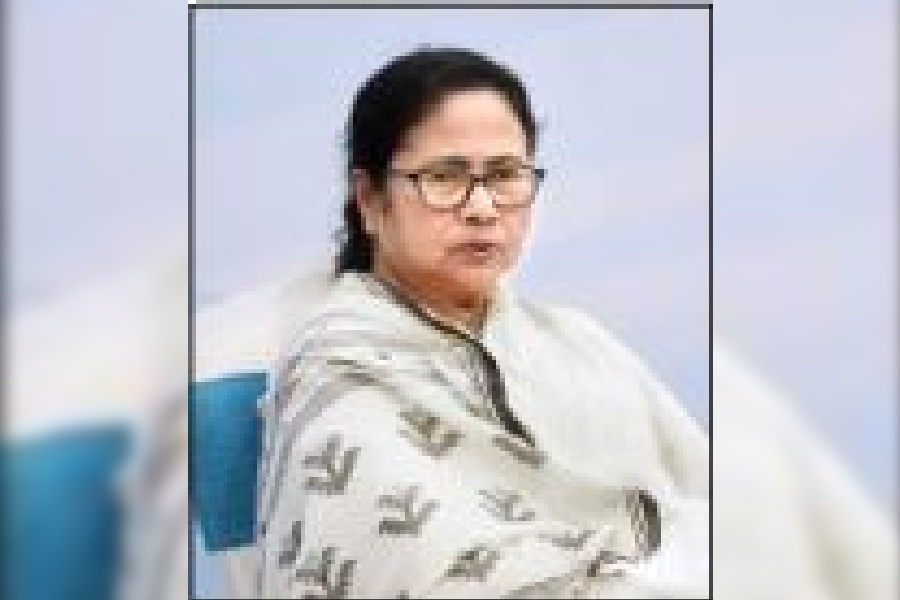The Bengal government should explore the possibility of introducing a medical diploma course for candidates who will treat patients in primary health centres, chief minister Mamata Banerjee said at a review meeting on Thursday.
“You should check whether we can start a medical diploma course like engineering. Many students can be trained in the diploma course. Doctors need to undergo a five-year course and it is time-consuming. But seats, hospitals, population and beds are increasing. So, a diploma course can help. If primary health centres can be managed with them, it will be good,” the chief minister told health secretary Narayan Swaroop Nigam.
The diploma courses in engineering in Bengal, which are offered by polytechnic colleges, span three years. One has to qualify in an examination called ZEXPO to enrol in a diploma programme.
The chief minister made the comment at a review meeting on skill development at Nabanna on Thursday. She was speaking on the need for more nurses when she asked the health secretary to explore the possibility of introducing a medical diploma course.
When Mamata asked about Suswasthya Kendras, Nigam said the community health officers at the centres are not doctors.
“They are either BSc nursing or have been trained in GNM (general nursing and midwifery). We don’t need formal doctors. Around 17,000 people have been recruited (for Suswasthya Kendras),” he said.
When Nigam said the possibility of introducing a medical diploma course would be examined, Mamata asked him to form a committee.
“Please examine it. Involve others also. Make a committee,” Mamata said. “The diploma training can be arranged at hospitals. Hospitals now have large seminar halls. Or you can use a government convention centre. There is no lack of space,” she said.
In Bengal, 4,875 students can enrol for the five-year MBBS course every year, said an official of the state health department. Of these seats, 1,050 are in private medical colleges and the rest in government institutes.
“We will form a committee soon (for the diploma course). The director of medical education can approve the course,” said an official of the department.
An official of the National Medical Commission, the body that regulates medical education and medical professionals across India, stressed the need for framing the right kind of syllabus for such an undergraduate diploma course.
“The syllabus would be crucial because all kinds of patients go to primary health centres. The diploma course won’t be of much help if a doctor who has attended it, instead of the longer-duration MBBS course, fails to treat most ailments and refers patients to bigger facilities,” the official said.
One public health expert said along with offering diploma courses, the government has to ensure access to healthcare and reduce absenteeism of doctors, particularly at rural healthcare facilities.
“There are health centres where doctors are seldom present. If the absenteeism is reduced, the shortage of doctors can be addressed,” he said.
A senior official in the state health department, however, said it was not possible to monitor each and every doctor.
“Producing more doctors is a step in the right direction because many government-run healthcare facilities are coming up across Bengal,” he said.
Service Doctors’ Forum, an organisation of doctors, said the Left Front government had planned a four-year diploma course for doctors.
“The plan was almost finalised but had to be shelved because of protests,” said Swapan Biswas, treasurer of the organisation.
